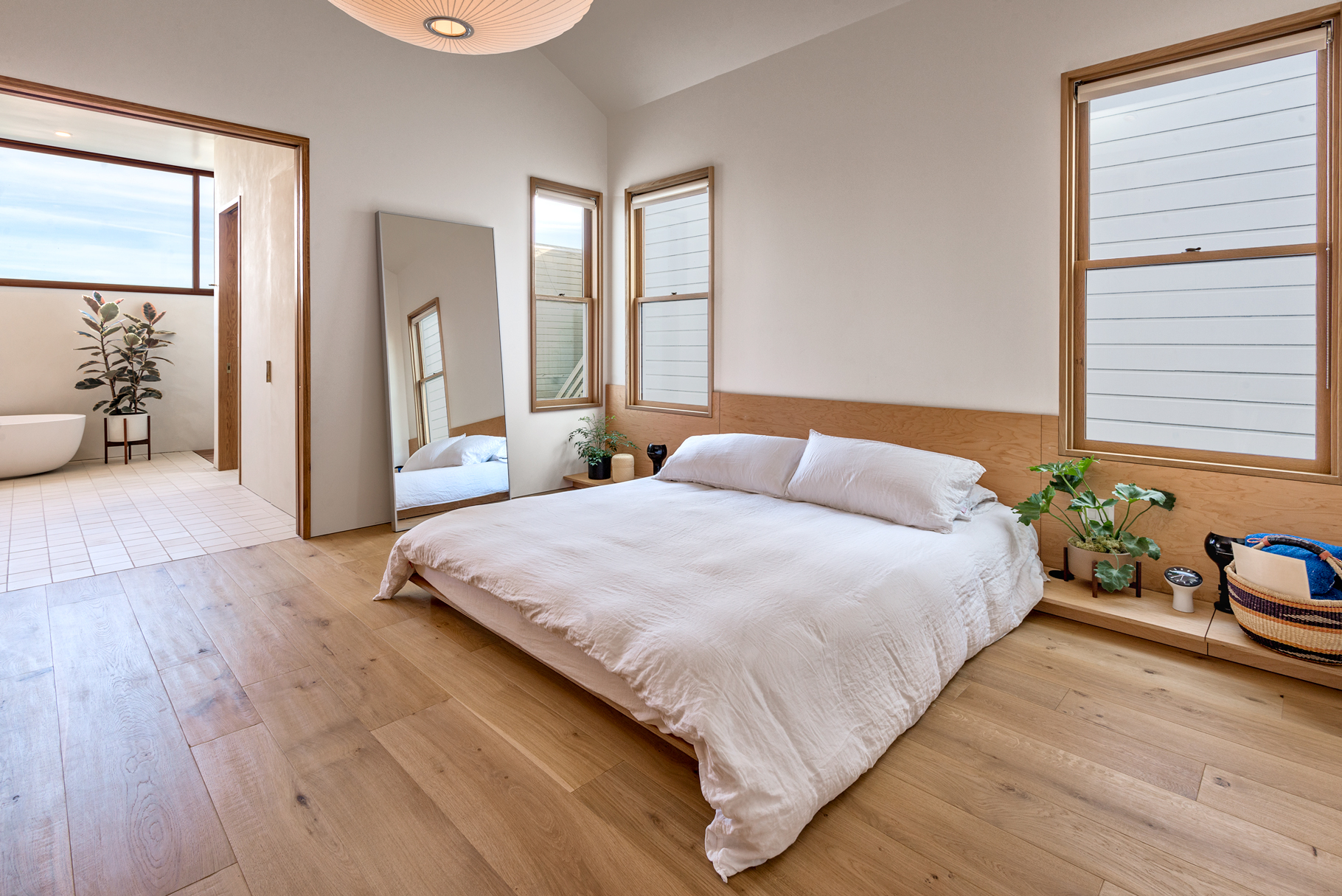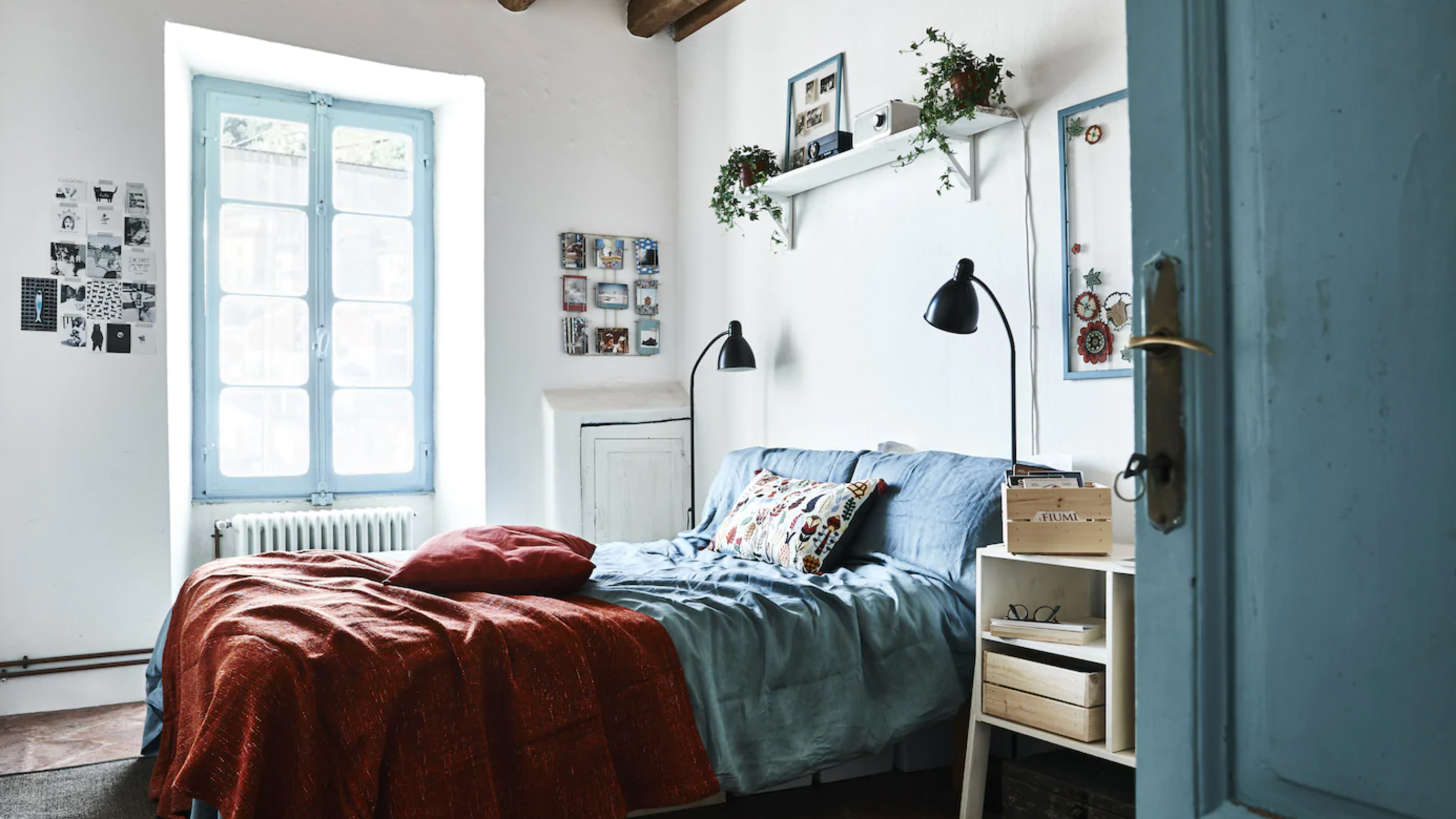The Scandinavian Aesthetic

The Scandinavian design aesthetic, often referred to as “Scandi” style, is a popular choice for bedroom design due to its emphasis on simplicity, functionality, and a connection to nature. This style creates a serene and welcoming atmosphere that promotes relaxation and tranquility.
Core Principles of Scandinavian Design
Scandinavian design is rooted in the principles of functionality, simplicity, and natural elements. It prioritizes clean lines, minimal ornamentation, and a focus on creating a space that is both practical and aesthetically pleasing. This approach emphasizes the use of natural materials, light colors, and a minimalist furniture selection.
The Importance of Light and Color
Scandinavian bedrooms are known for their abundance of natural light, which is considered essential for creating a bright and airy atmosphere. White and other light, neutral colors dominate the color palette, creating a sense of spaciousness and tranquility. These colors serve as a backdrop for pops of color, often introduced through textiles, artwork, or plants.
Natural Materials and Minimalist Furniture, Scandinavian bedroom ideas pinterest
Scandinavian design emphasizes the use of natural materials such as wood, wool, and linen. These materials are not only aesthetically pleasing but also durable and sustainable. Furniture is typically minimalist, featuring simple designs and functional forms. Iconic Scandinavian designers, such as Arne Jacobsen and Alvar Aalto, have contributed significantly to the development of this aesthetic.
Iconic Scandinavian Designers and Their Contributions
Several iconic Scandinavian designers have played a significant role in shaping the bedroom aesthetic.
- Arne Jacobsen, a Danish architect and designer, is known for his iconic Egg Chair and Swan Chair, which are characterized by their organic shapes and minimalist designs. These chairs are often featured in Scandinavian bedrooms, adding a touch of sophistication and comfort.
- Alvar Aalto, a Finnish architect and designer, is renowned for his innovative use of wood and his emphasis on functionality. His designs, such as the Paimio Chair and the Savoy Vase, are known for their simple forms and natural materials. These pieces are often incorporated into Scandinavian bedrooms, bringing a sense of warmth and natural beauty.
Essential Elements of a Scandinavian Bedroom: Scandinavian Bedroom Ideas Pinterest

The Scandinavian bedroom aesthetic is known for its simplicity, functionality, and warmth. It prioritizes clean lines, natural materials, and a focus on comfort and well-being. Achieving this style involves incorporating specific elements that contribute to its overall charm and appeal.
Creating a Functional Layout
A Scandinavian bedroom layout emphasizes practicality and a sense of spaciousness. The focus is on creating a functional space that is both visually appealing and conducive to relaxation.
- Comfortable Bed: The bed is the centerpiece of any bedroom, and in a Scandinavian setting, it should be both comfortable and visually appealing. Opt for a bed frame made from natural materials like wood or metal, and choose a mattress that provides adequate support and comfort. A headboard is optional, but if included, it should be simple and minimalist.
- Functional Storage Solutions: Scandinavian bedrooms prioritize minimizing clutter and maximizing storage space. This can be achieved through the use of built-in wardrobes, drawers, shelves, and storage baskets. These solutions help keep the bedroom tidy and organized, contributing to a sense of calm and tranquility.
- Cozy Reading Nook: A reading nook adds a touch of coziness and functionality to the Scandinavian bedroom. It can be as simple as a comfortable armchair placed near a window with good natural light or a dedicated space with a small bookshelf and a soft rug. This area provides a dedicated space for relaxation and enjoyment.
Incorporating Natural Textiles
The use of natural textiles is a defining characteristic of the Scandinavian aesthetic. These materials bring a sense of warmth, texture, and comfort to the bedroom, creating a cozy and inviting ambiance.
- Linen: Linen is a popular choice for bedding in Scandinavian bedrooms due to its breathability, durability, and natural texture. It adds a touch of elegance and sophistication while promoting a sense of comfort and relaxation.
- Cotton: Cotton is another versatile natural textile often used for bedding, curtains, and throws. Its soft texture and ability to absorb moisture make it a comfortable and practical choice for a bedroom.
- Wool: Wool is a natural insulator that adds warmth and texture to the bedroom. It is often used for throws and blankets, providing extra warmth during colder months.
Lighting for a Warm and Inviting Ambiance
Lighting plays a crucial role in creating the desired atmosphere in a Scandinavian bedroom. Natural light is highly valued, but it’s important to complement it with soft artificial lighting to create a warm and inviting ambiance.
- Maximize Natural Light: Large windows are essential for allowing natural light to flood the bedroom. Consider using light-colored curtains or blinds that allow natural light to filter through while providing privacy.
- Soft Artificial Lighting: Soft artificial lighting is crucial for creating a cozy and inviting atmosphere. Use lamps with warm white bulbs, strategically placed throughout the room, to create a sense of warmth and comfort. Avoid harsh overhead lighting, as it can create a sterile and unwelcoming ambiance.
Creating a Scandinavian Vibe with Color and Texture

The Scandinavian aesthetic is renowned for its minimalist approach, emphasizing clean lines, natural materials, and a sense of calm. While a neutral color palette is central to this style, incorporating pops of color and playing with textures adds depth and visual interest.
Color Palette
Scandinavian color palettes typically revolve around a base of neutral tones like white, gray, and beige, creating a sense of spaciousness and serenity. These neutrals serve as a backdrop for pops of color, often inspired by nature, adding vibrancy and personality to the space.
- Soft Pastels: Think muted shades of blue, green, pink, and yellow. These colors bring a touch of warmth and softness to the room, reminiscent of the natural world.
- Bold Accents: While most Scandinavian interiors lean towards muted tones, a few bold accents in vibrant hues like mustard yellow, deep teal, or terracotta red can add a touch of drama and sophistication.
- Natural Tones: Colors directly inspired by nature, like earthy browns, greens, and blues, are often incorporated into Scandinavian bedrooms, creating a sense of connection to the outdoors and a calming atmosphere.
Texture
The Scandinavian aesthetic places a high value on natural materials, and these materials contribute significantly to the texture of the space.
- Smooth Wood: Light wood furniture, often in birch or pine, is a staple of Scandinavian design. Its smooth surface adds a touch of elegance and warmth.
- Woven Fabrics: Woven textiles, like linen, cotton, and wool, bring a natural and textural element to the room. They can be incorporated in throws, blankets, rugs, and curtains.
- Natural Materials: Other natural materials like stone, leather, and rattan add a touch of rustic charm and warmth. They can be used in furniture, accessories, and decorative elements.
Incorporating Greenery
Plants play a vital role in the Scandinavian aesthetic, bringing a touch of nature indoors and enhancing the natural feel of the space.
- Indoor Plants: Choose plants that thrive in low light conditions, like succulents, ferns, and snake plants, to bring a touch of greenery to the room.
- Hanging Plants: Hanging plants, such as pothos or spider plants, can add vertical interest and create a sense of airiness.
- Large Plants: Consider placing a large plant, like a fiddle leaf fig or a monstera deliciosa, in a corner of the room to make a statement and add a touch of nature.
